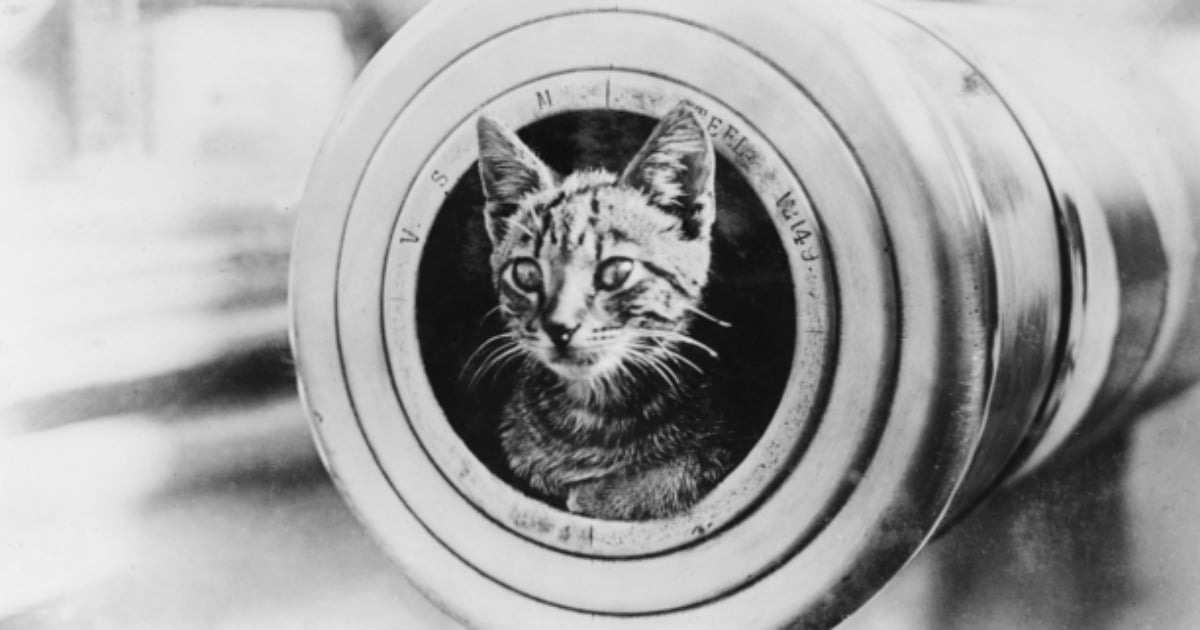While April 25 is a day of national remembrance for Australians and New Zealanders who served and gave their lives in times of conflict, peacekeeping operations and war, there’s a lesser known story we don’t always tell on ANZAC Day.
That of the service animals who stood alongside our men and women – many of whom never made it home.
More than 16 million animals served during the First World War, including cats, dogs, horses, birds, camels and mules. They were mascots, provided comfort, carried messages, transported wounded soldiers to safety, and were instrumental in moving large quantities of ammunition, food and water, and medical supplies.
Images from the Australian War Memorial immortalise the loyalty and sacrifice of these animals. These are just a tiny glimpse into the way they supported their battalions.












Top Comments
I have read of the heartache the Diggers felt when they had to kill their horses before returning to Australia.
They could not leave them behind alive because of the incredible cruelty of the enemy.
It is a great shame they could not bring them back home.
There was a great photo yesterday of an Australian soldier carrying his dog over his shoulder in Afghanistan because the ground was too hot for his paws.
Beautiful.